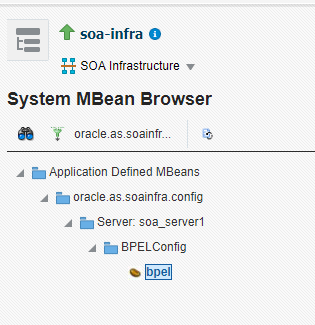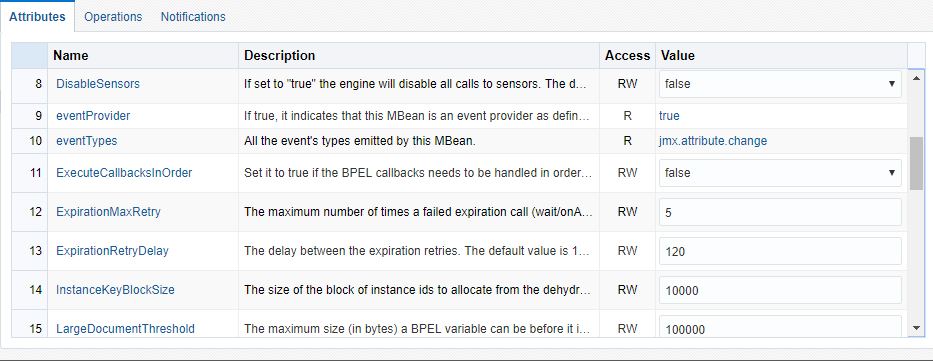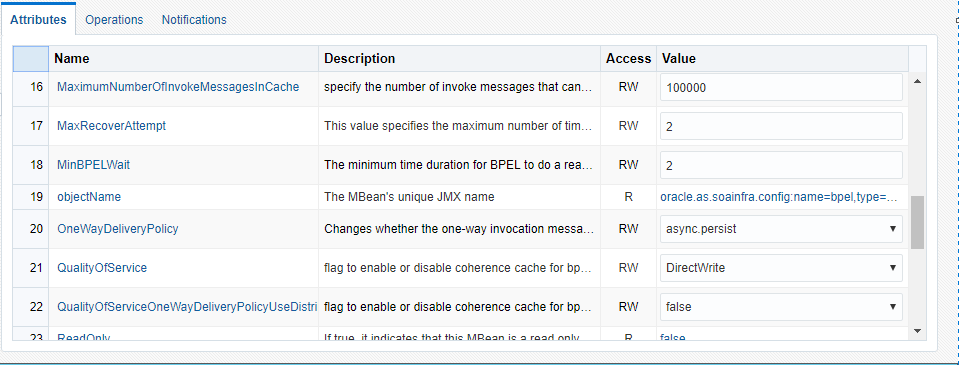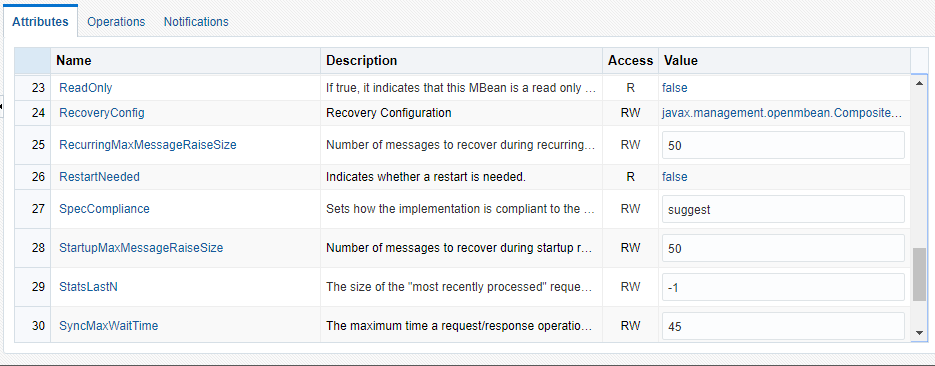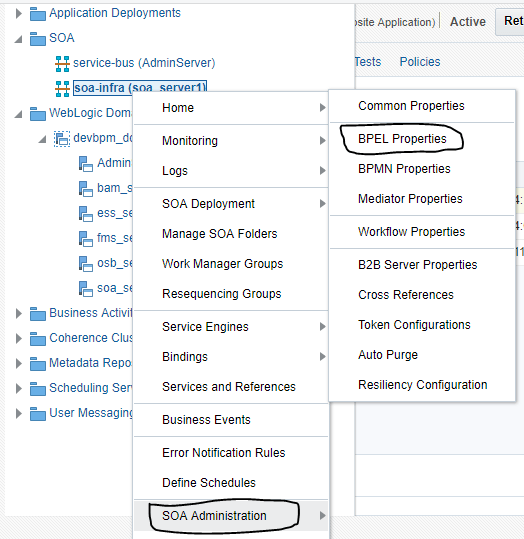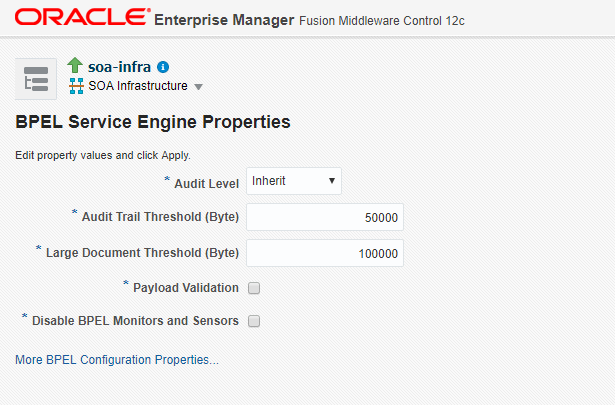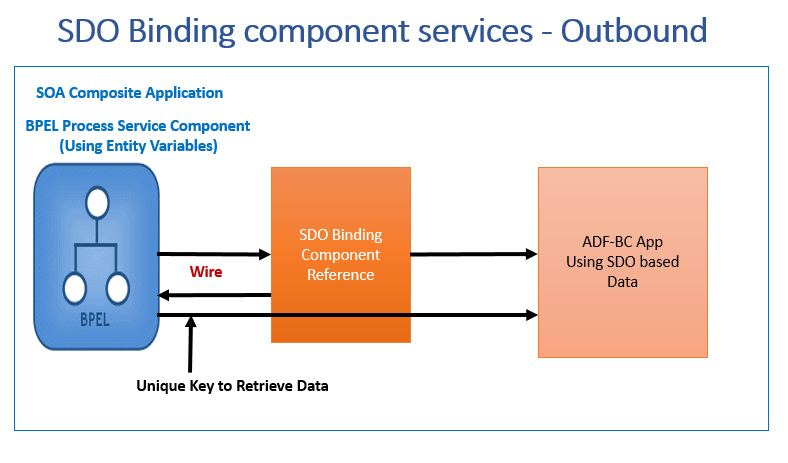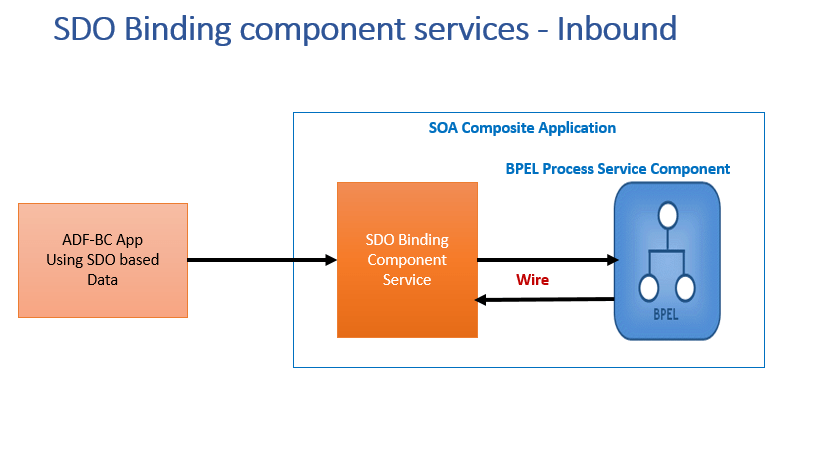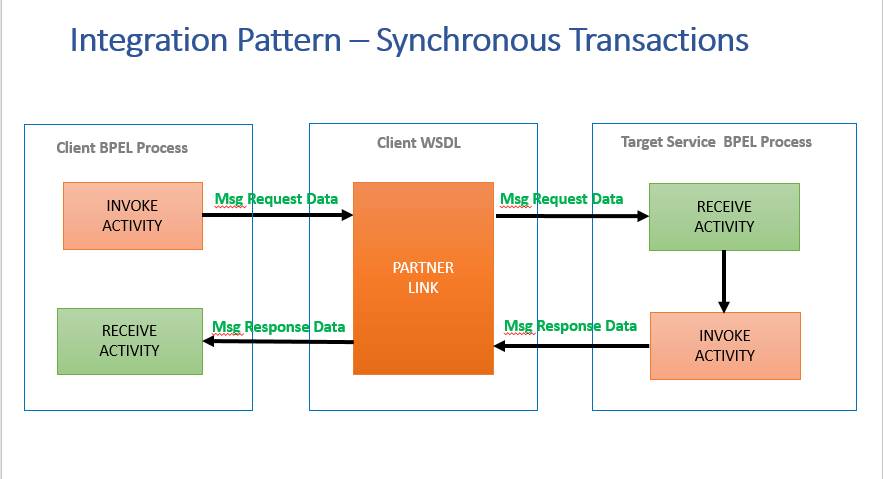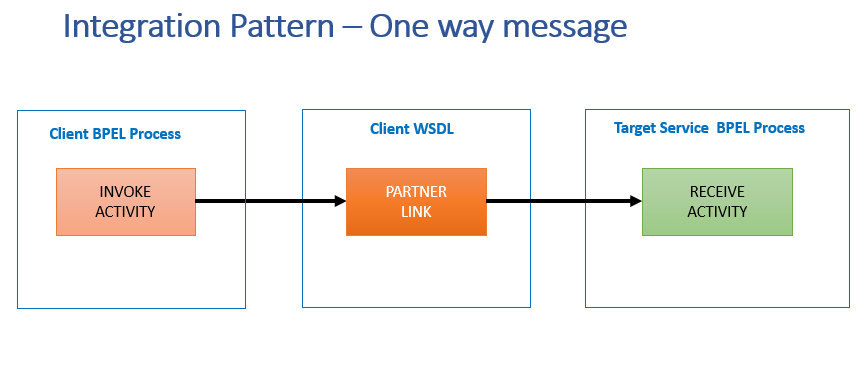The Weblogic Server provides additional capability for managing the Clustered Environments using the load balancers with available load balancing algorithms.
The Weblogic Server Load Balancing Algorithms
- Round Robin Load Balancing: Round Robin Load Balancing is the default load balancing strategy for clustered objects supported for RMI objects and EJBs
- Weight -Based Load Balancing: The Weight -Based Load Balancing in Weblogic Server assign each server with pre-defined weight. Select Server -> Configuration -> Cluster tab in the Administration Console and assign each server in the cluster with a numerical weight between 1 and 100.
- Random Load Balancing: The Random Load Balancing algorithm in Weblogic Server routes the requests randomly to the server. This algorithm is suitable for homogeneous cluster deployments where each server runs with the similar configurations. The random method of load balancing applies only to EJB and RMI object clustering.
- Server Affinity Load Balancing: The Server Affinity Load Balancing algorithm in Weblogic Server turns off load balancing for external client connections and prefers to use the existing Weblogic Server instance. If an object is configured for server affinity, the client-side stub attempts to choose a server instance to which it is already connected, and continues to use the same server instance for method calls. There are 3 types of Server Affinity Load Balancing algorithms. Server affinity is used in combination with one of the standard load balancing methods: round-robin, weight-based, or random:
- round-robin-affinity—server affinity governs connections between external Java clients and server instances; round robin load balancing is used for connections between server instances.
- weight-based-affinity—server affinity governs connections between external Java clients and server instances; weight-based load balancing is used for connections between server instances.
- random-affinity—server affinity governs connections between external Java clients and server instances; random load balancing is used for connections between server instances.
Steps to update the load balancing algorithm
1. Log into the Web Logic Admin Console
2. click Lock & Edit to make changes
3. Select Environments > Clusters
4. Select the Cluster Name from the given table.
5. Select the Load balancing algorithm for the available options.
6. Select Advanced and Enter the value for Service Age Threshold
7. Click Save
8. Click Activate changes.
